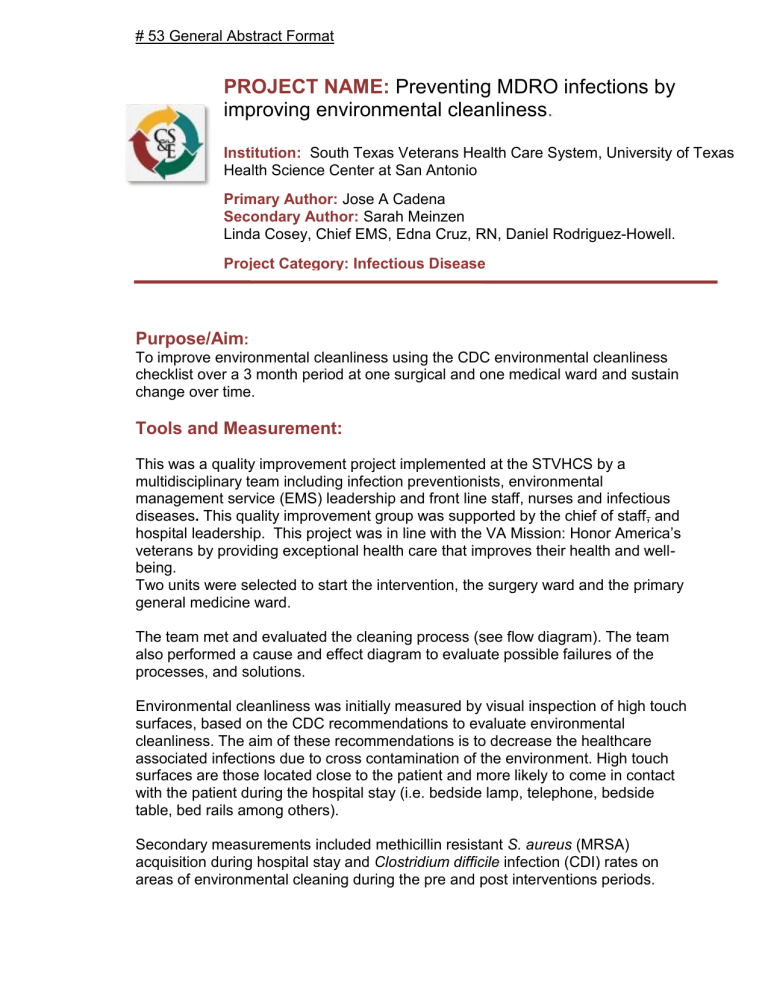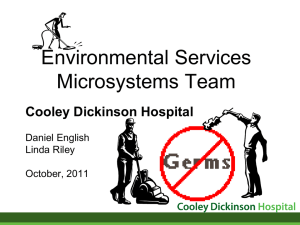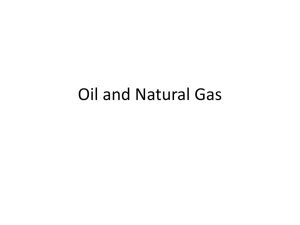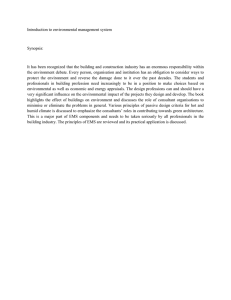Preventing MDRO infections by improving environmental cleanliness

# 53 General Abstract Format
PROJECT NAME: Preventing MDRO infections by improving environmental cleanliness
.
Institution: South Texas Veterans Health Care System, University of Texas
Health Science Center at San Antonio
Primary Author: Jose A Cadena
Secondary Author: Sarah Meinzen
Linda Cosey, Chief EMS, Edna Cruz, RN, Daniel Rodriguez-Howell.
Project Category: Infectious Disease
Purpose/Aim
:
To improve environmental cleanliness using the CDC environmental cleanliness checklist over a 3 month period at one surgical and one medical ward and sustain change over time.
Tools and Measurement:
This was a quality improvement project implemented at the STVHCS by a multidisciplinary team including infection preventionists, environmental management service (EMS) leadership and front line staff, nurses and infectious diseases .
This quality improvement group was supported by the chief of staff, and hospital leadership. This project was i n line with the VA Mission: Honor America’s veterans by providing exceptional health care that improves their health and wellbeing.
Two units were selected to start the intervention, the surgery ward and the primary general medicine ward.
The team met and evaluated the cleaning process (see flow diagram). The team also performed a cause and effect diagram to evaluate possible failures of the processes, and solutions.
Environmental cleanliness was initially measured by visual inspection of high touch surfaces, based on the CDC recommendations to evaluate environmental cleanliness. The aim of these recommendations is to decrease the healthcare associated infections due to cross contamination of the environment. High touch surfaces are those located close to the patient and more likely to come in contact with the patient during the hospital stay (i.e. bedside lamp, telephone, bedside table, bed rails among others).
Secondary measurements included methicillin resistant S. aureus (MRSA) acquisition during hospital stay and Clostridium difficile infection (CDI) rates on areas of environmental cleaning during the pre and post interventions periods.
Pre intervention flow diagram .
Post intervention flow diagram.
*EMS: Environmental management services
Cause and effect diagram
EMS: Environmental management services; SPS:
Sterile processing and sterilization; RME: reusable medical equipment
Intervention and Improvement
:
Interventions:
Interventions performed are listed in table 1.
Round Table discussion with Chiefs of Service
Evaluation and adaptation of CDC environmental cleaning observation tool
Evaluation of terminal cleaning checklist
Evaluation of front line knowledge
Review of Infection and Transmission Rates
Mount equipment cleaning wipes on all units
EMS staff in-services and training
Education on high touch surfaces
Feedback on cleanliness of high touch and high risk surfaces
Weekly bedside evaluation
Flourescent marker trial with feedback to EMS staff
Change in isolation signage to include pictures of cleaning products
Education of nursing staff that EMS remove signs after terminal cleaning
Education of staff about CDI program
Rounds with Assistant Chief of EMS
Construction completed on 2 units
The team made weekly scheduled bedside observations focusing on two units. On the day observations were planned, EMS staff placed the florescent marker in
rooms that were no long occupied but had not been cleaned. The items that were marked were predetermined by the CDC environmental cleaning guidelines and the marker was place in the same location on the item each time. The marked rooms would then been assessed if they were unoccupied and clean, i.e. ready for admission. Only unoccupied, clean rooms were assessed. The team would invite the nurse manager as well as the EMS front-line staff to participate in the observation. The team would review the process and items to be assessed, if needed, prior to beginning the assessment. If there was any visible florescent marker or visible soiling, the item was marked “dirty”. The room was first assessed for presences of the florescent marker and then for visible cleanliness. If the room had one or fewer items that were found to be visibly dirty, the room was rated
“ready for admission”. If the room had two findings, the team would vote if the room was “ready for admission” based on the level of soiling found. If the room had three or more items that were visibly dirty, the room was rated “not ready for admission”. The team would also vote on if touch-ups or a repeat terminal cleaning was appropriate. This information was disseminated to the appropriate staff and corrections were made on the spot whenever possible. Rooms “not ready for admission” were considered dirty and were re-cleaned prior to an admission.
Intervention Results
:
There was a significant improvement in the cleaning process by using the evaluation and feedback and implementing the 2 stages of the CDC cleaning program. The rate of rooms that were ready for occupancy based on proper cleaning by visual inspection went from 23% in the pre intervention period to 76% on the post intervention period (see process control chart).
The rate of MRSA colonization during hospital admission (new acquisitions decreased in the 2 units where the intervention was performed from 1.23 per 1000 pt days (surgery, 5/2011- 4/2012) and 1.23 per 1000 pt days (medicine, same dates) to 0 per 1000 pt days at both units ( 5/2012 to 4/2013). The rate of hospital onset healthcare associated Clostridium difficile infection (HOHA-CDI, onset >48 hours after hospital admission) increased from 1.53 per 10000 bed days (5/2011-
4/2012) to 7.96 (5/2012-4/2013) per 10000 bed days (medical ward), but decreased from 8.98 to 7.58 per 10000 bed days at the surgical ward. Numbers were too small for a clinically meaningful statistical analysis.
Revenue Enhancement /Cost Avoidance / Generalizability
:
This intervention decreased the rate of new MRSA colonization, and (at least in one unit) decreased the rate of CDI infection. Overall risk of infection after MRSA colonization has been up to 23% at 12 months and 29% at 18 months. The number of pt days for acute care for FY12 was 43153. The number of acquisitions based on pt days would have decreased from 5 to none. If we had prevented 1 case of healthcare associated MRSA infection, we could have saved between 3200$ to
34657$, depending on the severity of the infection.
If the Clostrium difficile rate decreased from 8.98 per 10000 pt days to 7.58 per
10000 pt days, we would have avoided 7 cases of CDI per year. The cost of a hospital onset CDI is estimated to be 15397$. This could lead to savings of
107,779$.
Although visual inspection has several limitations (including the inter observer variability), we did show a decrease in MRSA acquisition and, in one unit, of CDI infections. These results have are readily generalizable. This has been proven by
Carling et al, who implemented a similar program at 36 hospitals, increasing the environmental cleanliness rate from <50% to over 80%. Furthermore, it has been shown that evaluation and feedback can lead to decreased rates of CDI environmental contamination and potential cross transmission.
Currently we are moving the intervention to other areas of the hospital, and implementing the use of UV-C light disinfection system to further decrease environmental contamination and attempt to further decrease the CDI and MRSA transmission rates.
References
1.
Guh, Carling et al. CDC. Options for Evaluating Environmental Cleaning. Available at: http://www.cdc.gov/HAI/toolkits/Evaluating-Environmental-Cleaning.html
2.
Filice GA et al. Excess costs and utilization associated with methicillin resistance for patients with Staphylococcus aureus infection. Infect Control Hosp Epidemiol. 2010
Apr;31(4):365-73.
3.
Lee BY et al. The economic burden of community-associated methicillin-resistant
Staphylococcus aureus (CA-MRSA). Clin Microbiol Infect. 2013 Jun;19(6):528-36)
4.
Kepler A. Davis,, Clinical Infectious Diseases 2004; 39:776 –8
5.
Dancer. Eur J Clin Microbiol Infect Dis (2011) 30:1473 –14
6.
Dubberke ER, Olsen MA. Burden of Clostridium difficile on the Healthcare System.
Clinical Infectious Diseases 2012;55(S2):S88 –92
7.
Carling PC et al. Infect Control Hosp Epidemiol. 2008 Nov;29(11):1035-41
8.
Guerrero DM et al. Beyond the Hawthorne effect: reduction of Clostridium difficile environmentalcontamination through active intervention to improve cleaning practices.
Infect Control Hosp Epidemiol. 2013 May;34(5):524-6





